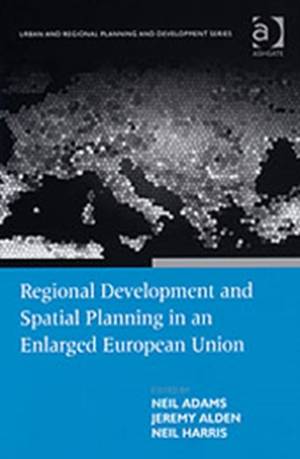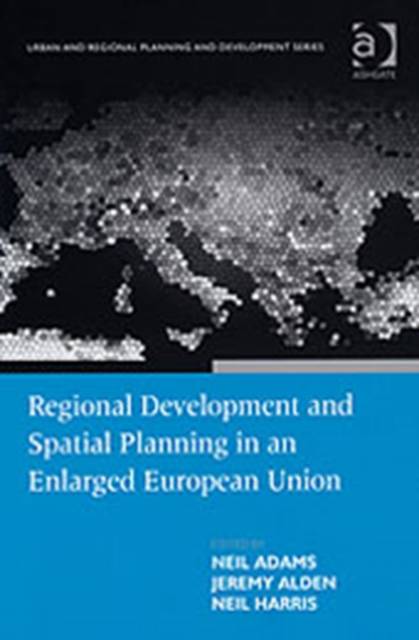
- Afhalen na 1 uur in een winkel met voorraad
- Gratis thuislevering in België vanaf € 30
- Ruim aanbod met 7 miljoen producten
- Afhalen na 1 uur in een winkel met voorraad
- Gratis thuislevering in België vanaf € 30
- Ruim aanbod met 7 miljoen producten
Zoeken
Regional Development and Spatial Planning in an Enlarged European Union
Neil Adams
€ 202,95
+ 405 punten
Uitvoering
Omschrijving
The expansion of the European Union in 2004 has had significant consequences for both existing and new members of the Union. New member states are assimilating into a new institutional and policy framework, while the changing geography of Europe provides a different context for policy development in pre-2004 member states. One of the more important fields in which these changes are impacting is regional development. The admission of the new countries changes patterns of economic and social disparities across the territory of the European Union, which in turn demands that existing approaches to regional development are reconsidered. An approach which has proved to be one of the most innovative is spatial planning. This book brings together a team of academics and policy makers from across the new Europe involved in regional development and spatial planning. Providing insights into different approaches, it offers a valuable opportunity to compare experiences across European borders.
Specificaties
Betrokkenen
- Auteur(s):
- Uitgeverij:
Inhoud
- Aantal bladzijden:
- 304
- Taal:
- Engels
- Reeks:
Eigenschappen
- Productcode (EAN):
- 9780754647140
- Verschijningsdatum:
- 28/10/2006
- Uitvoering:
- Hardcover
- Formaat:
- Genaaid
- Afmetingen:
- 156 mm x 234 mm
- Gewicht:
- 544 g

Alleen bij Standaard Boekhandel
+ 405 punten op je klantenkaart van Standaard Boekhandel
Beoordelingen
We publiceren alleen reviews die voldoen aan de voorwaarden voor reviews. Bekijk onze voorwaarden voor reviews.











